
Peter Turnley is a walking witness of modern history. Having traveled to more than 90 countries to capture most of the world’s tumultuous historical moments of the past four decades — from the end of Communism in Eastern Europe to Nelson Mandela’s iconic walk out of prison to the fall of the Berlin wall — his photographs provide an unfettered look at both the sorrow and the joy inherent in the human condition. But one of his favorite memories remains flying through the streets of Havana in a 1950s American taxi packed with fast-speaking Cubans moving to the beat of the radio’s blaring salsa music.
“The daily scenes of life in Cuba are often very soft and tender,” he says. “I don’t think in all of my travels I have encountered a group of people with more spirit, with more resilience, with a better sense of approaching life with joy, vibrancy, determination, courage and perseverance than the Cuban people.”
Turnley first encountered the island country on a state visit to Cuban President Fidel Castro with the then General Secretary of the Communist Party of the Soviet Union, Mikhail Gorbachev. Having documented the Cold War in the Soviet Union, his arrival to old Havana in the spring of 1989 was eye opening. “The people of Cuba touched my heart and somehow profoundly, I felt so much at home there,” he says. “It was a rare opportunity to see for myself the realities of a world that most Americans knew very little about and often had strongly made presumptions.”
It was the beginning of a lifelong photography project. Between assignments in war-torn villages and imperialistic empires, Turnley returned annually to the Caribbean island for nearly three decades, and has made more than 20 trips these past four years. His new book, Cuba – A Grace of Spirit, chronicles what he saw.
Turnley’s work goes beyond the outmoded visual cliches of Cuba as a nostalgic clone of American popular culture—cigar-smoking, salsa-dancing islanders who drive old jalopies and live in colorful, crumbling antiquities—to portray the everyday nuances of Cuban life. He photographed worship services, sparring fights in boxing gyms, teens primping for prom, patriotic celebrations and lovers at beach resorts. There are spirited salsa dancers in the streets and teary-eyed locals at a funeral, well-dressed business professionals and modest street vendors.
“This is work that has been done over many years, many trips, many voyages,” he says. “It is a result of slowly and lovingly taking the time to look people in the eye and to interact with them.”
He often put the camera down at a salsa club to dance with locals, or stopped to talk with passersby in their native tongue. He knows the names of the local boxing coaches and can list from memory his favorite local bars, restaurants and dance clubs. He often spends time with the subjects of his photographs to better understand the intimate moments of their daily existence. His images reflect that growing proximity over the years.
Situated just 90 miles from the tip of Florida, this country that has been off limits to Americans for more than 50 years has long intrigued them. The communist country stands poised for change after decades of isolation under the Castro regime. Last year, President Obama and Cuban President Raul Castro announced foreign policy that increased travel rights between the two newly befriended countries. Many, Turnley says, are hopeful.
“The history of Cuba is not in all ways easy,” Turnley says. “But however one lines up in terms of their political analysis of the country, the Cuban people always exhibit joy, elegance, hope, perseverance, a grace of spirit and an awareness of the power of ideas, which they show in the way that they relate to each other, their families and their country.”
Instead of division, he saw community. “No matter where you go in the world, if an older person falls, people will reach down to help pick them up,” he says. “But in Cuba, everyone in sight of such a scene runs as fast as they can to help that person, and one sees these kinds of gestures of collected decency daily.”
Turnley grew up in a mid-sized Industrial American city called Fort Wayne, Indiana, one of the most conservative states in the country. But he was brought up in a family that was progressive in their politics, and he was influenced by the ongoing discussion about the haves and have nots in the world. “There was kind of an idea in my household that one should do something with one’s life that in some degree helps the world become a better place,” he says.
While in recovery after a knee injury during High School football practice at 16 years old, his parents brought him a book of work by the French photographer Henri Cartier-Bresson. He bought a camera and carried it on walks in the inner city of his hometown. “The camera became two things,” he says. “One, it became a form of a passport, which allowed me to go anywhere and open doors. And secondly, it offered me a chance to speak and to share my feelings and perceptions and observations.”
Today, alongside his ongoing career as a photojournalist, he leads four one-week photographic workshops a year in Cuba, in addition to workshops in Paris, New York, Sicily, Lisbon and Venice.
For more information on the book, which can be purchased at his website starting today, visit www.peterturnley.com.
Peter Turnley is an American photographer based in Paris, France.
Rachel Lowry is a writer and contributor for TIME LightBox. Follow her on Twitter and Instagram @rachelllowry.
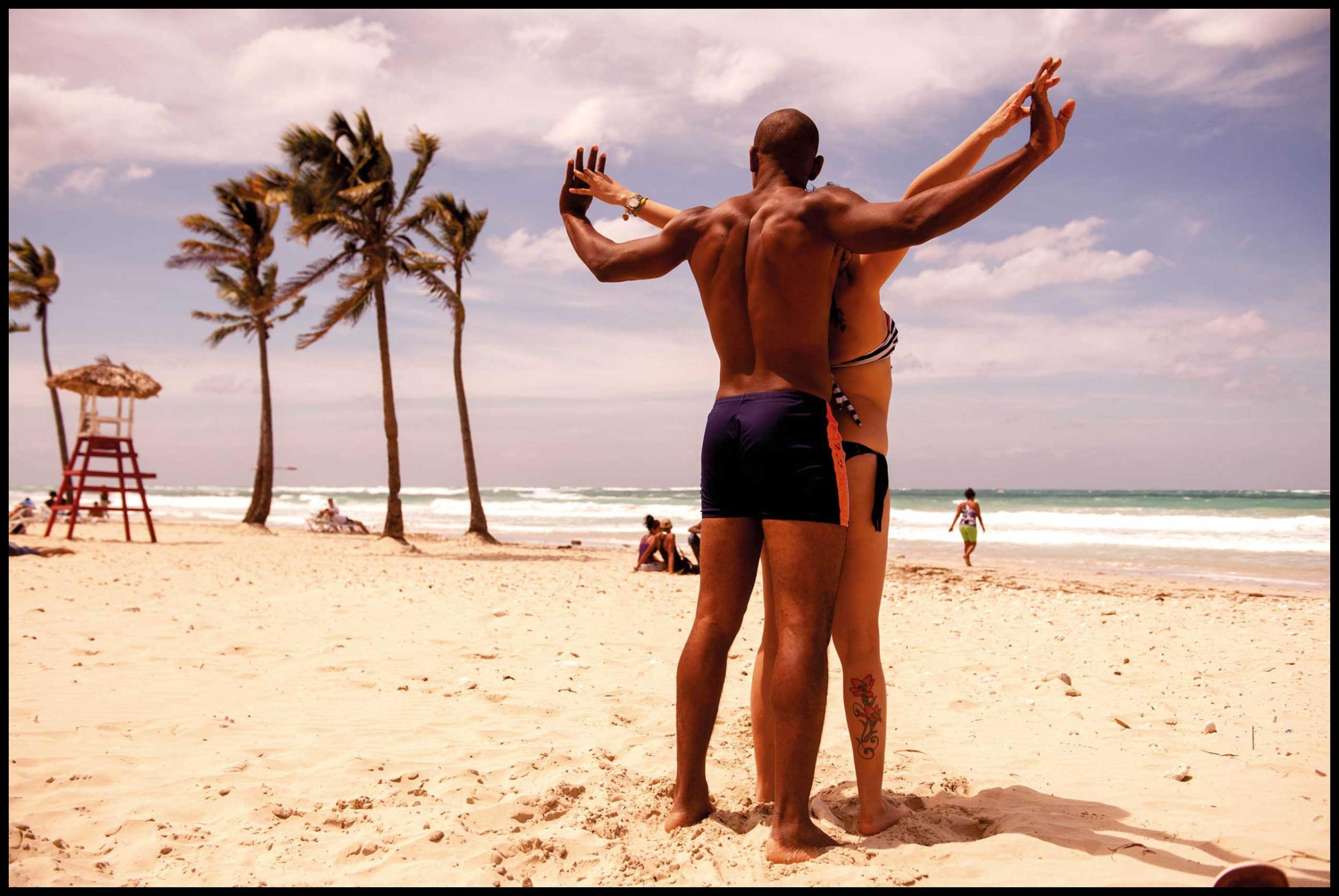

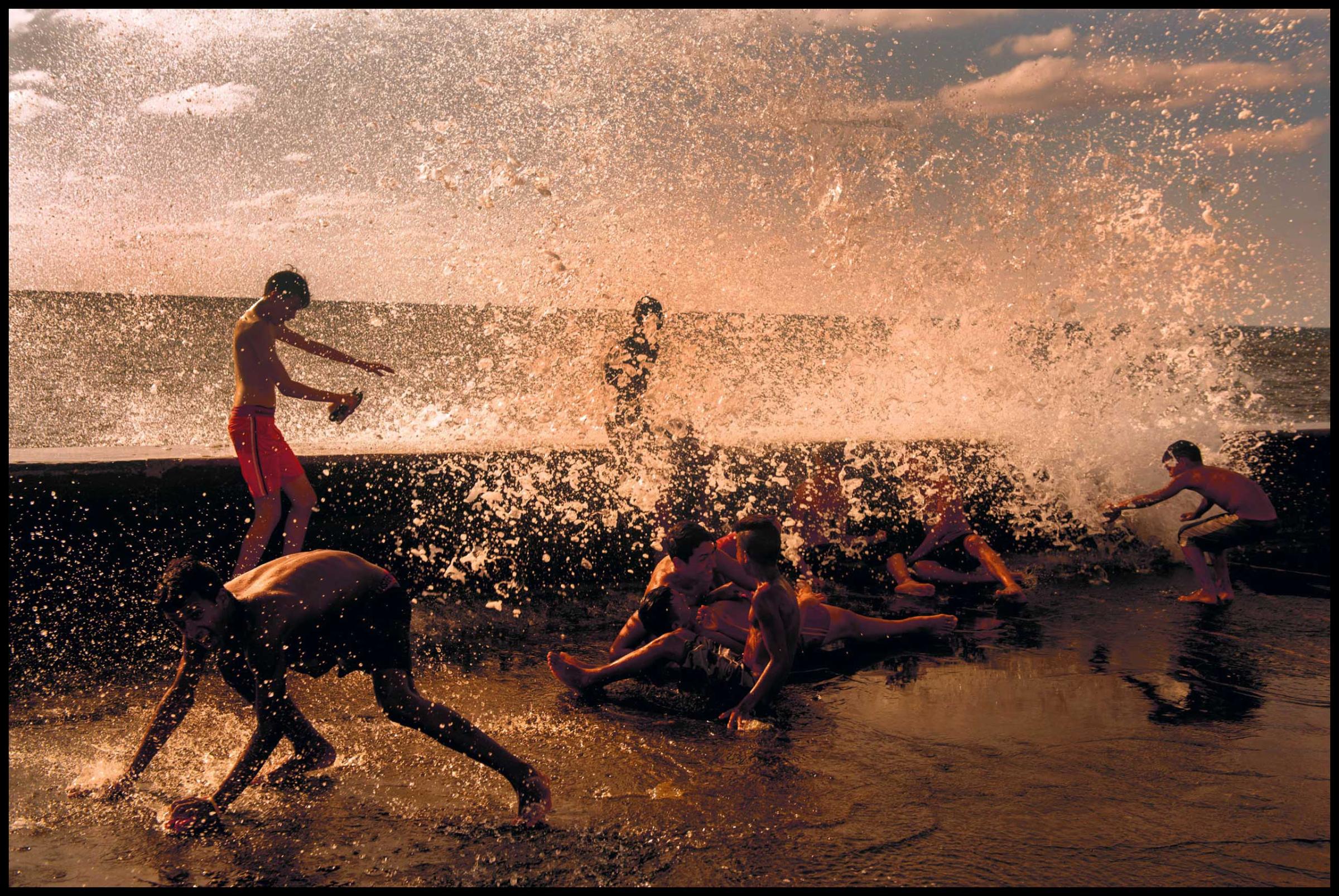
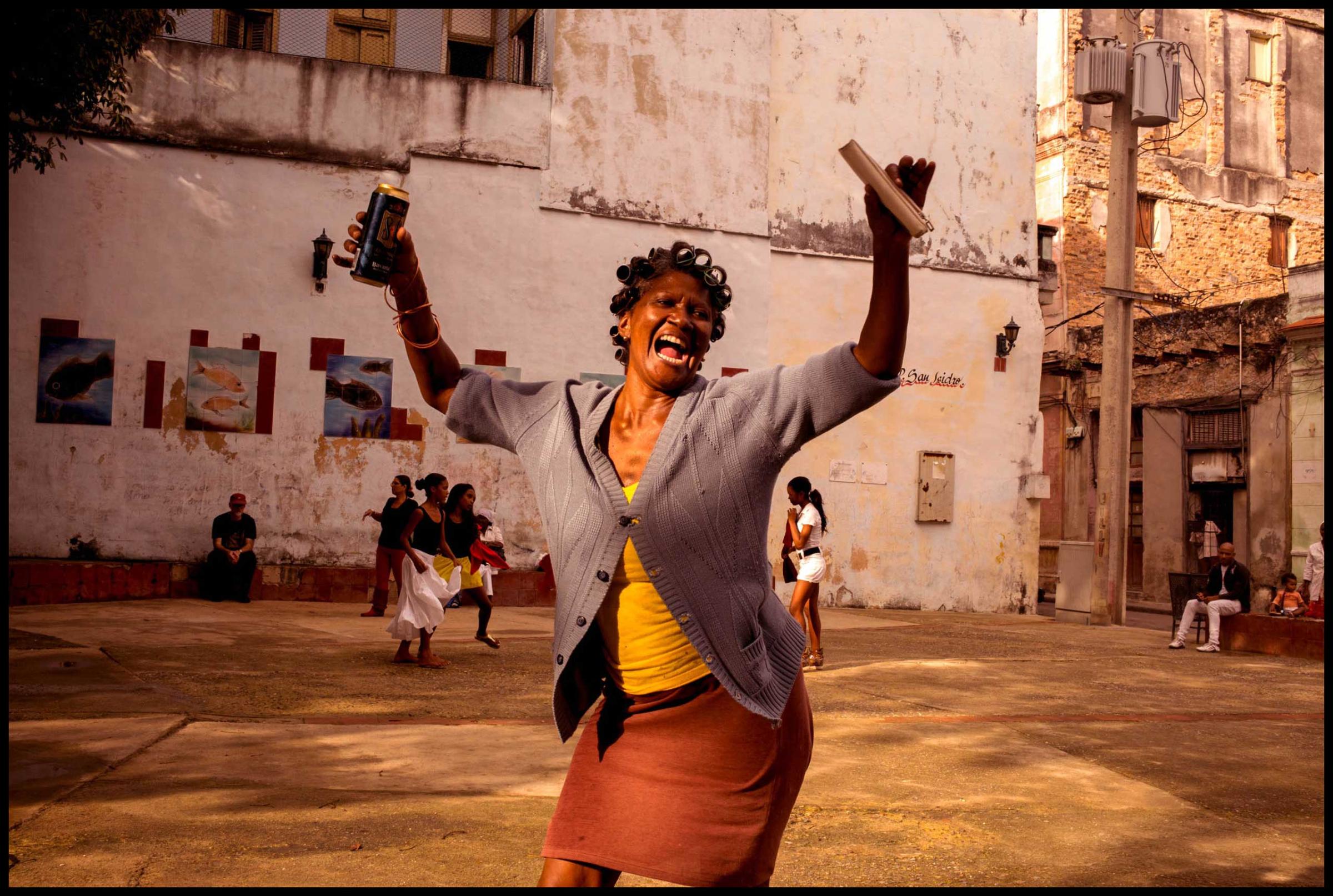

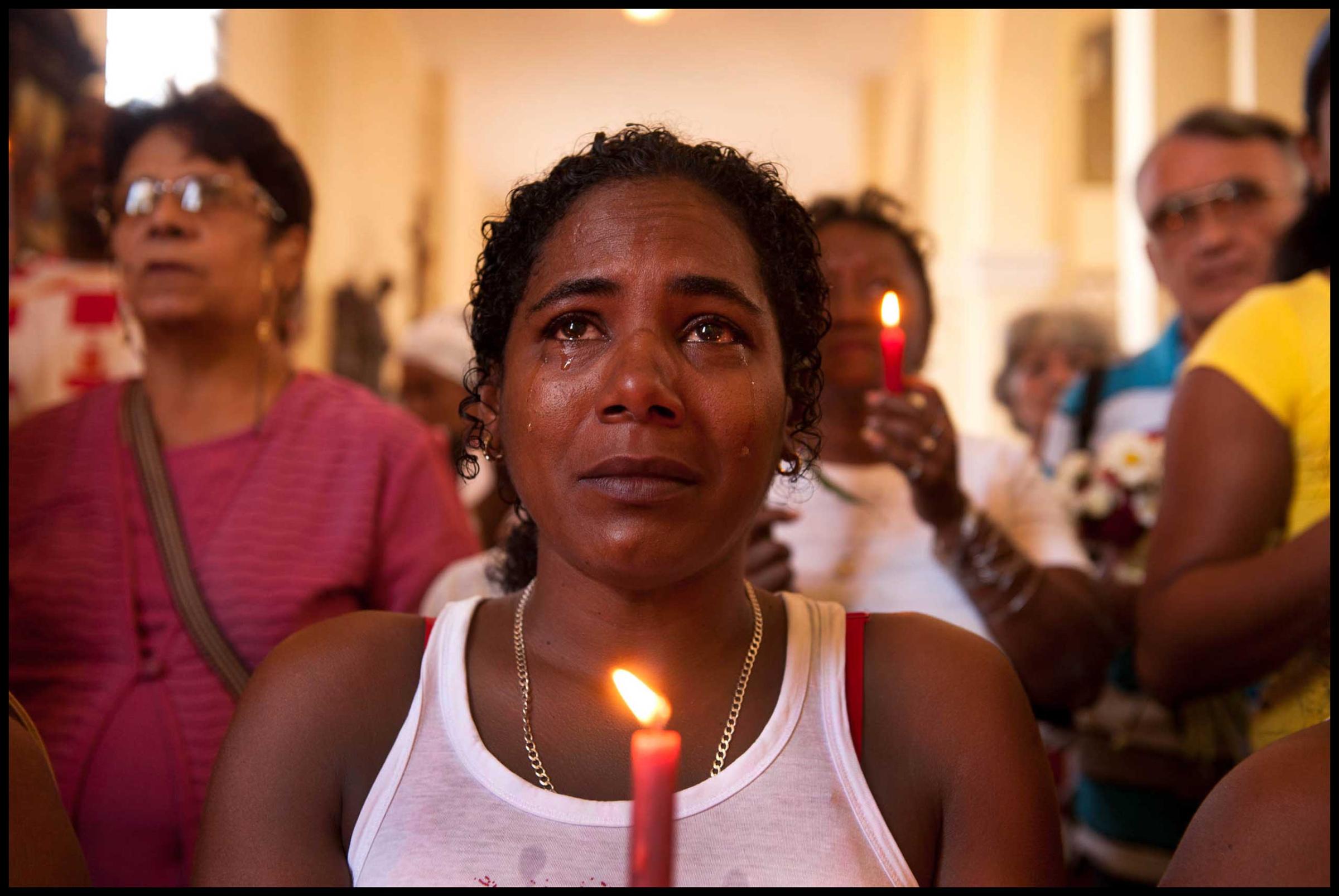
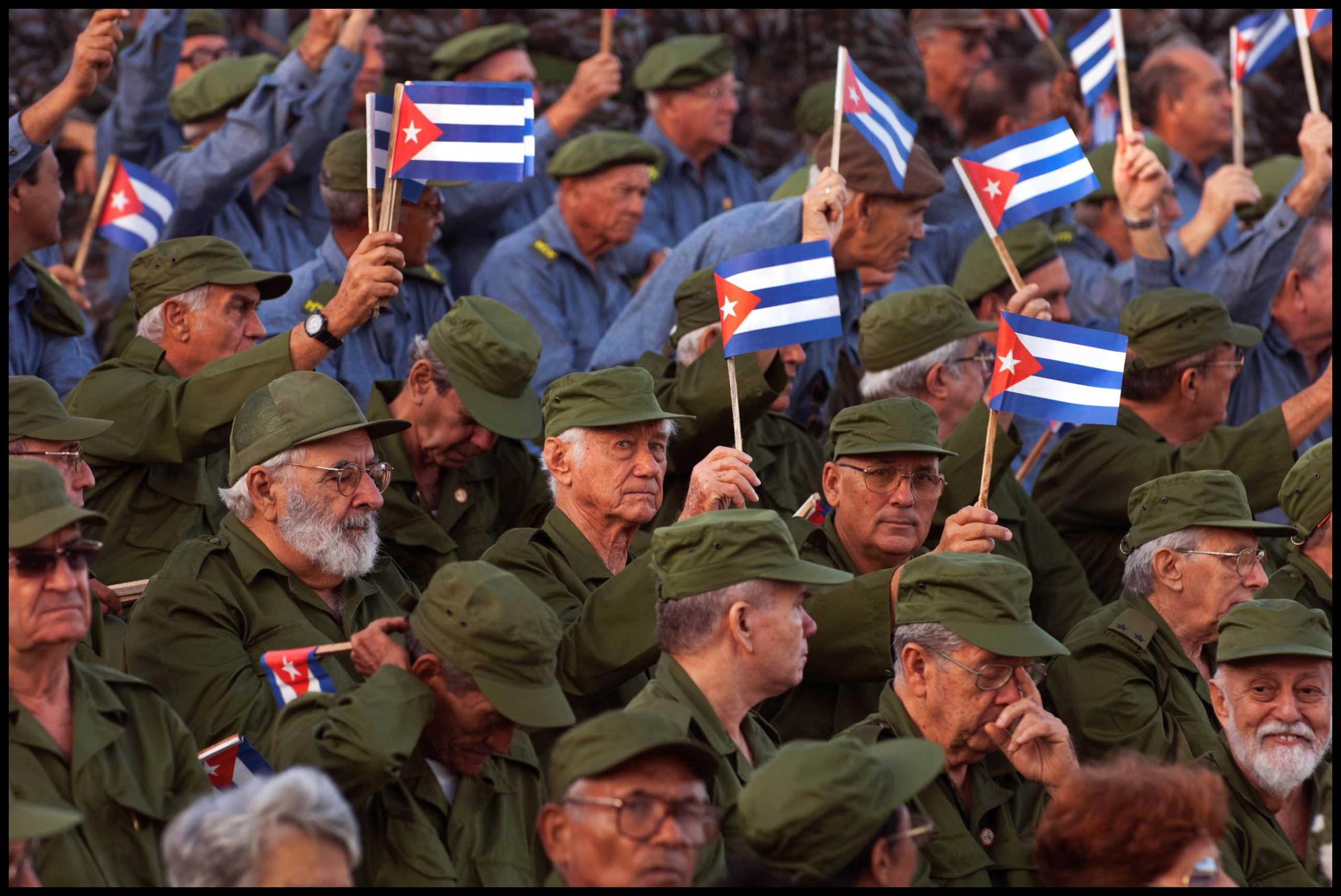
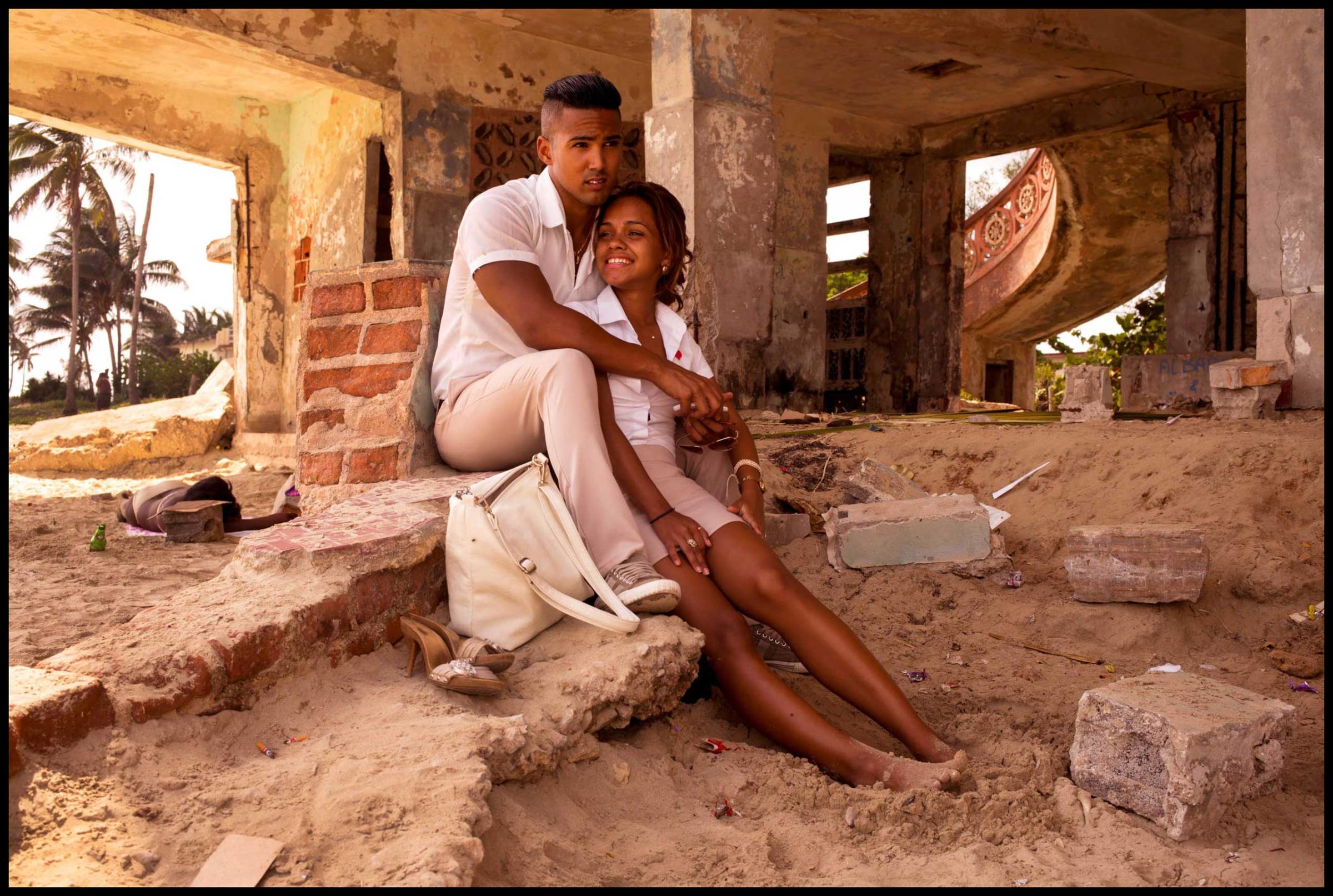
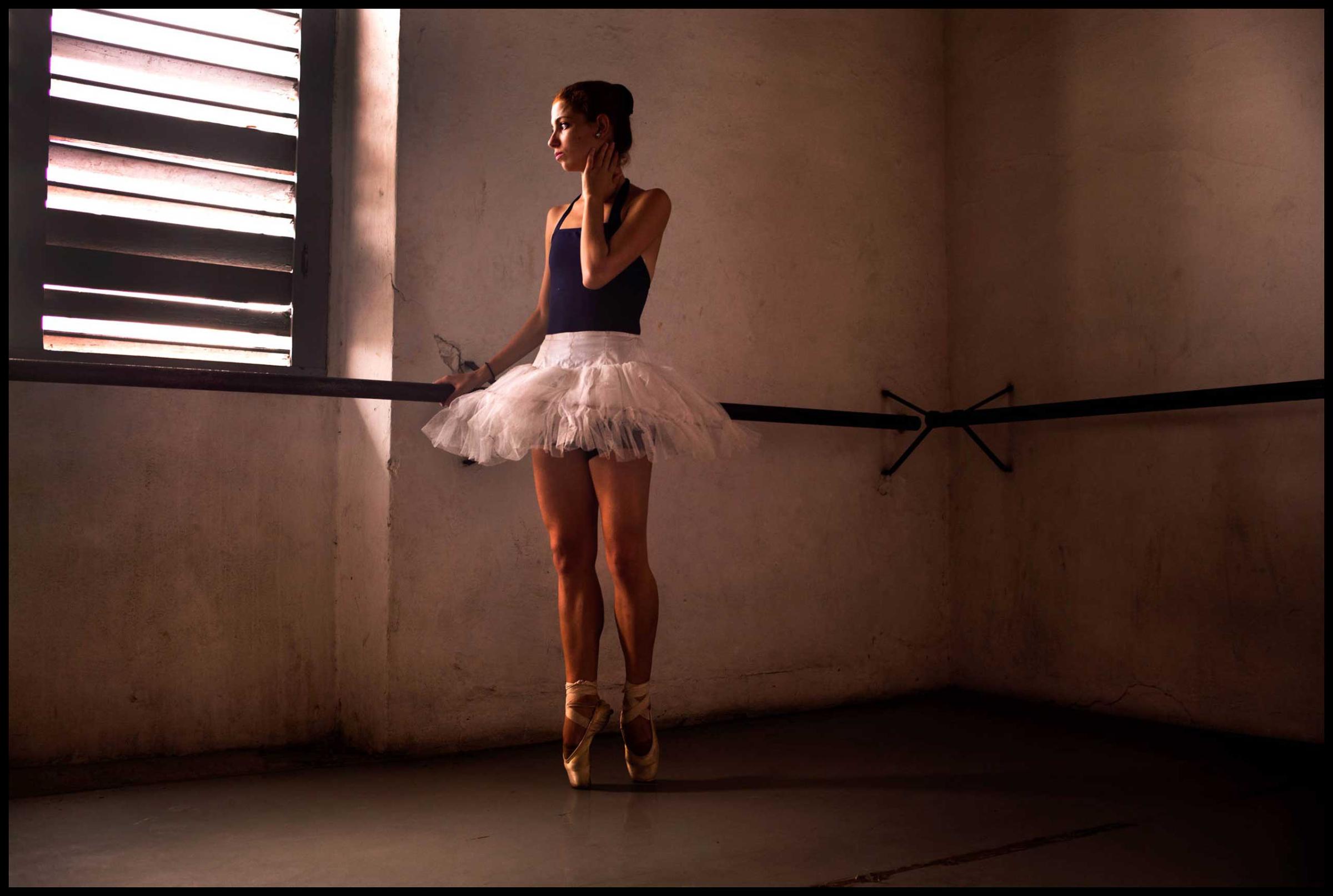

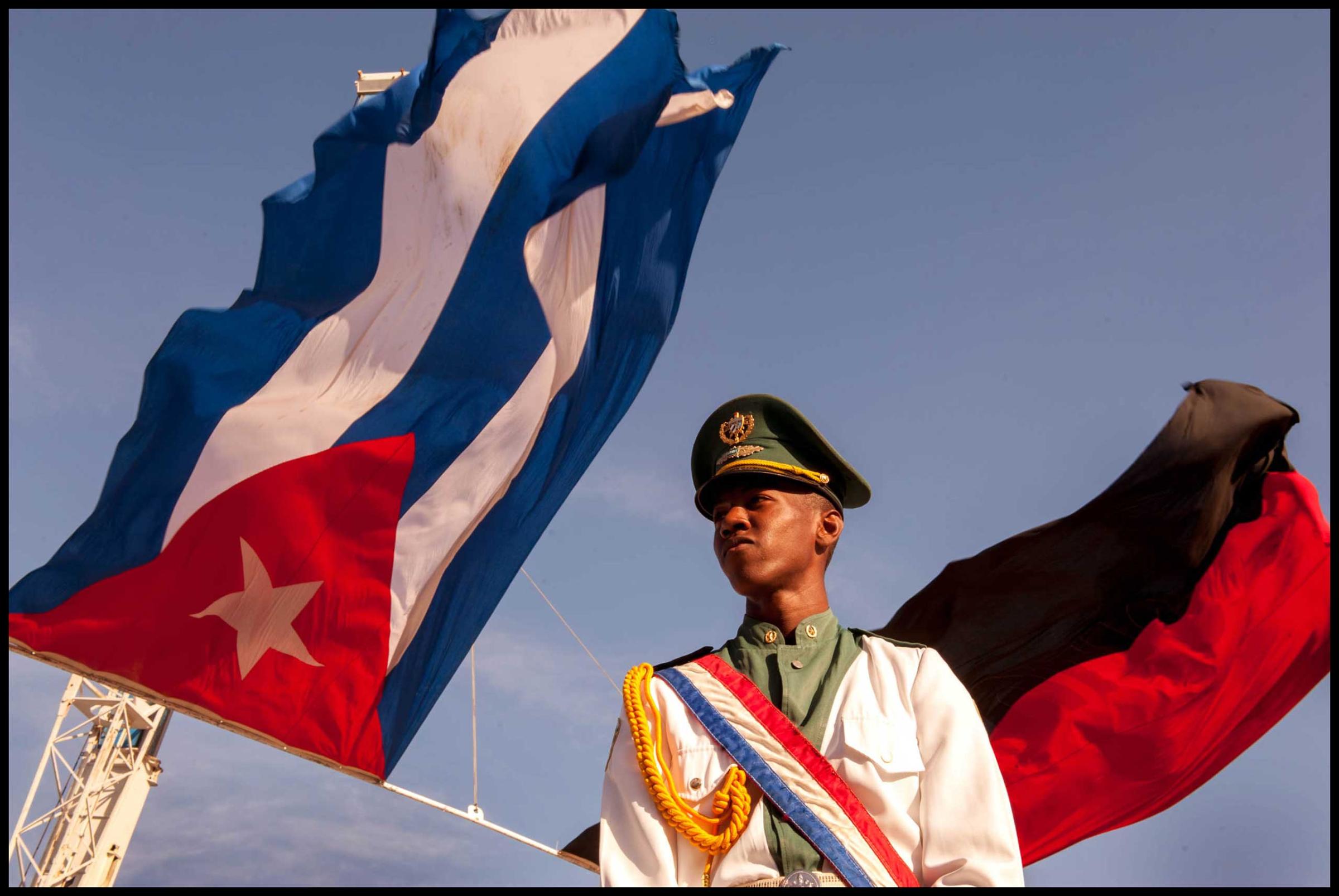
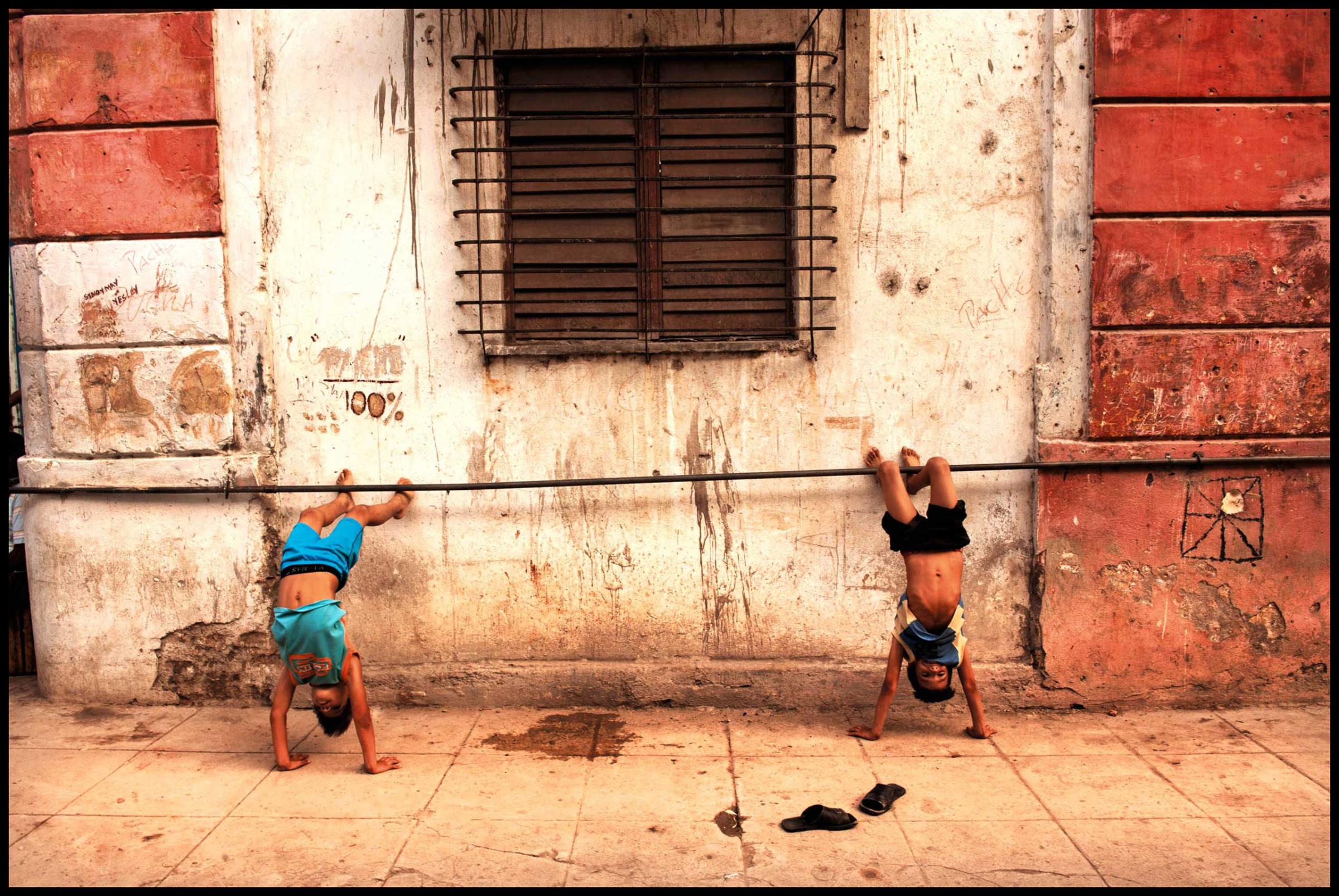


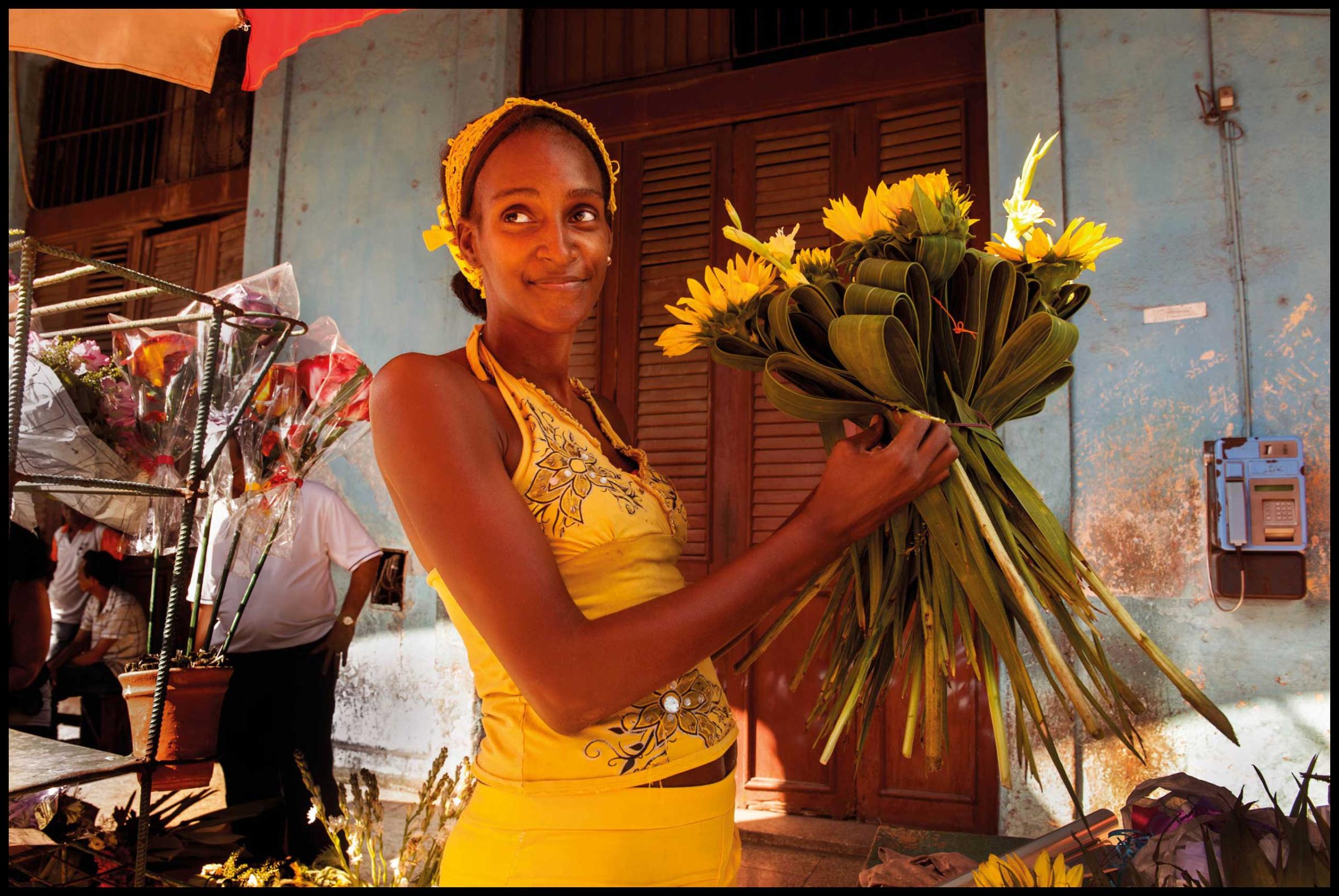
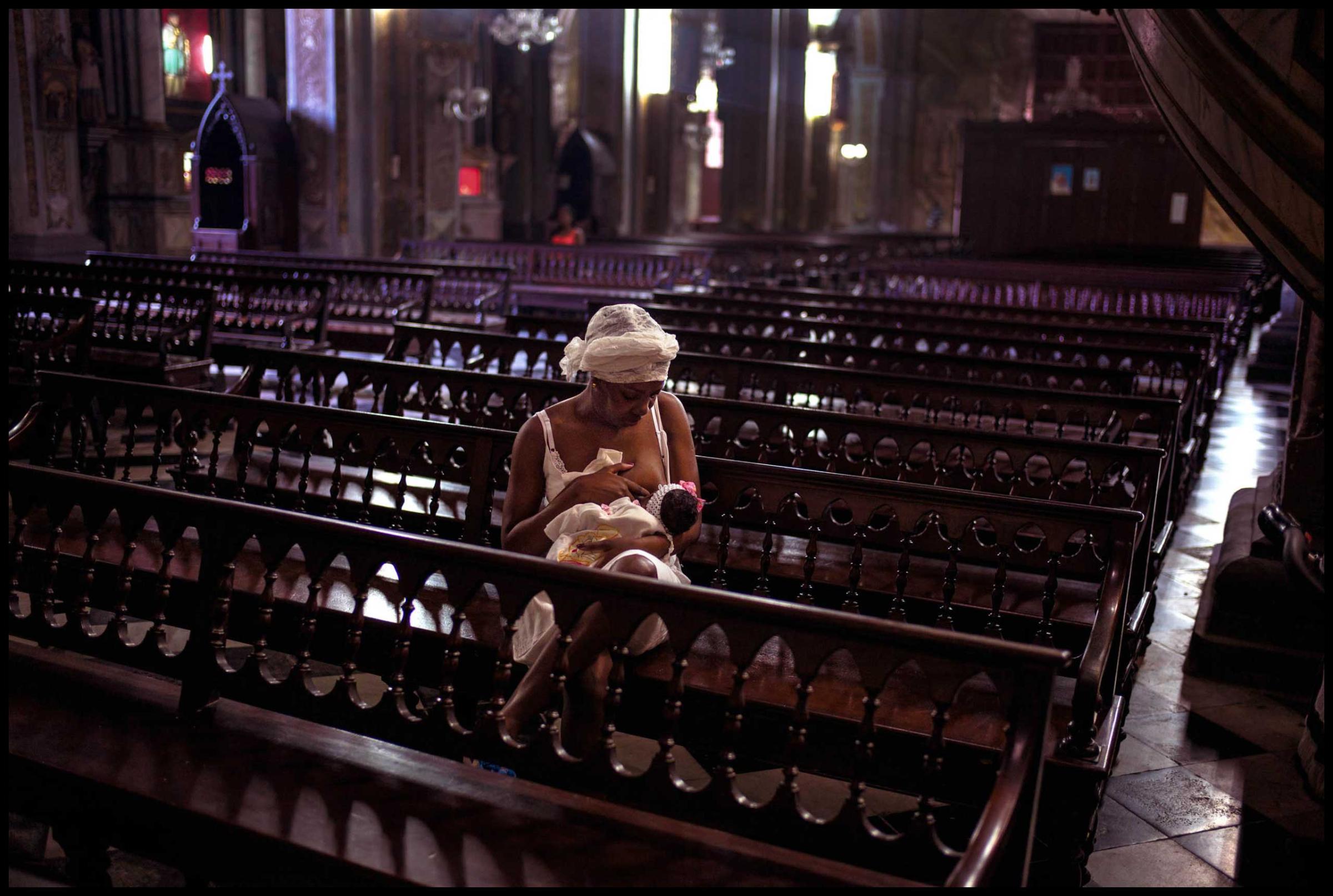

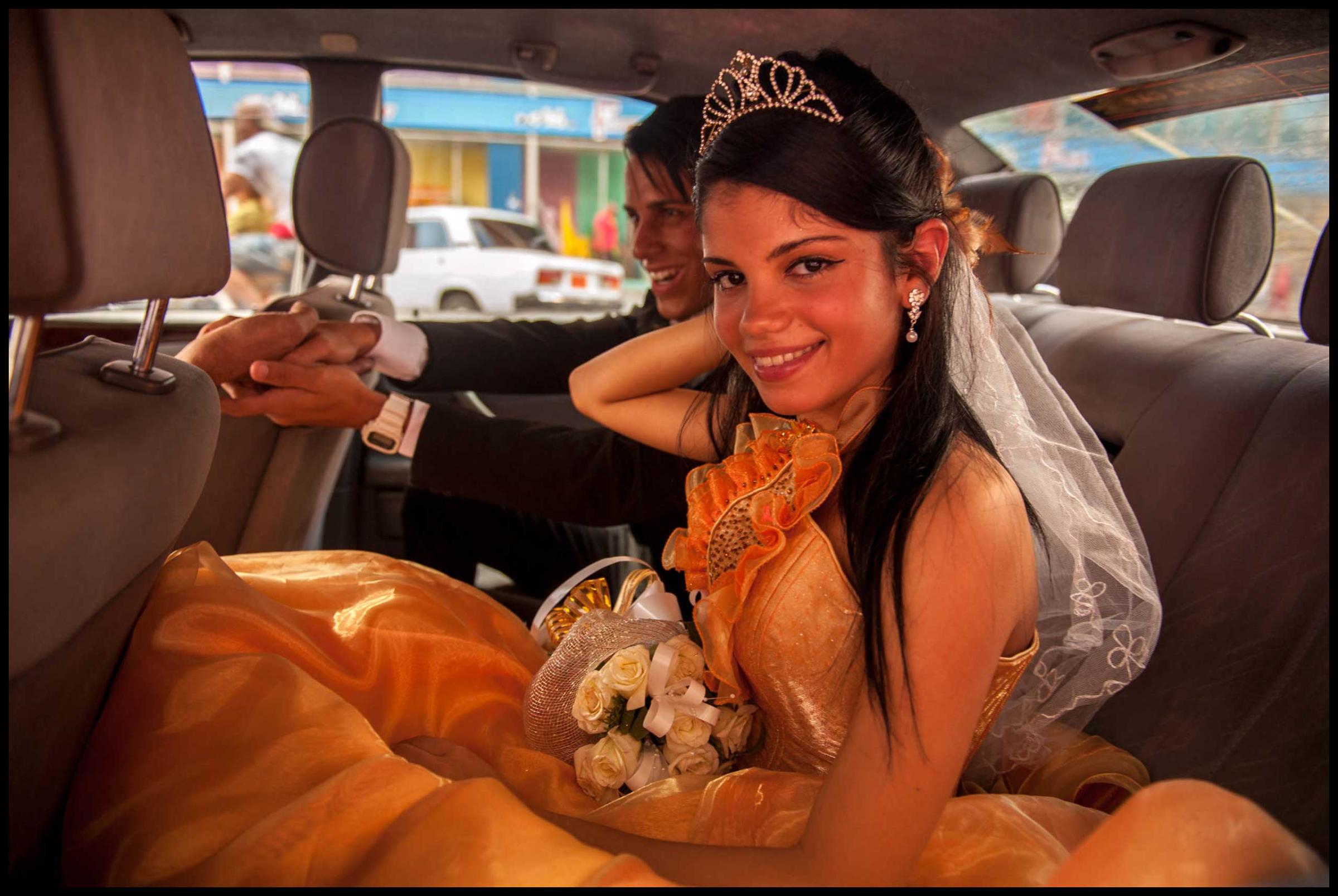
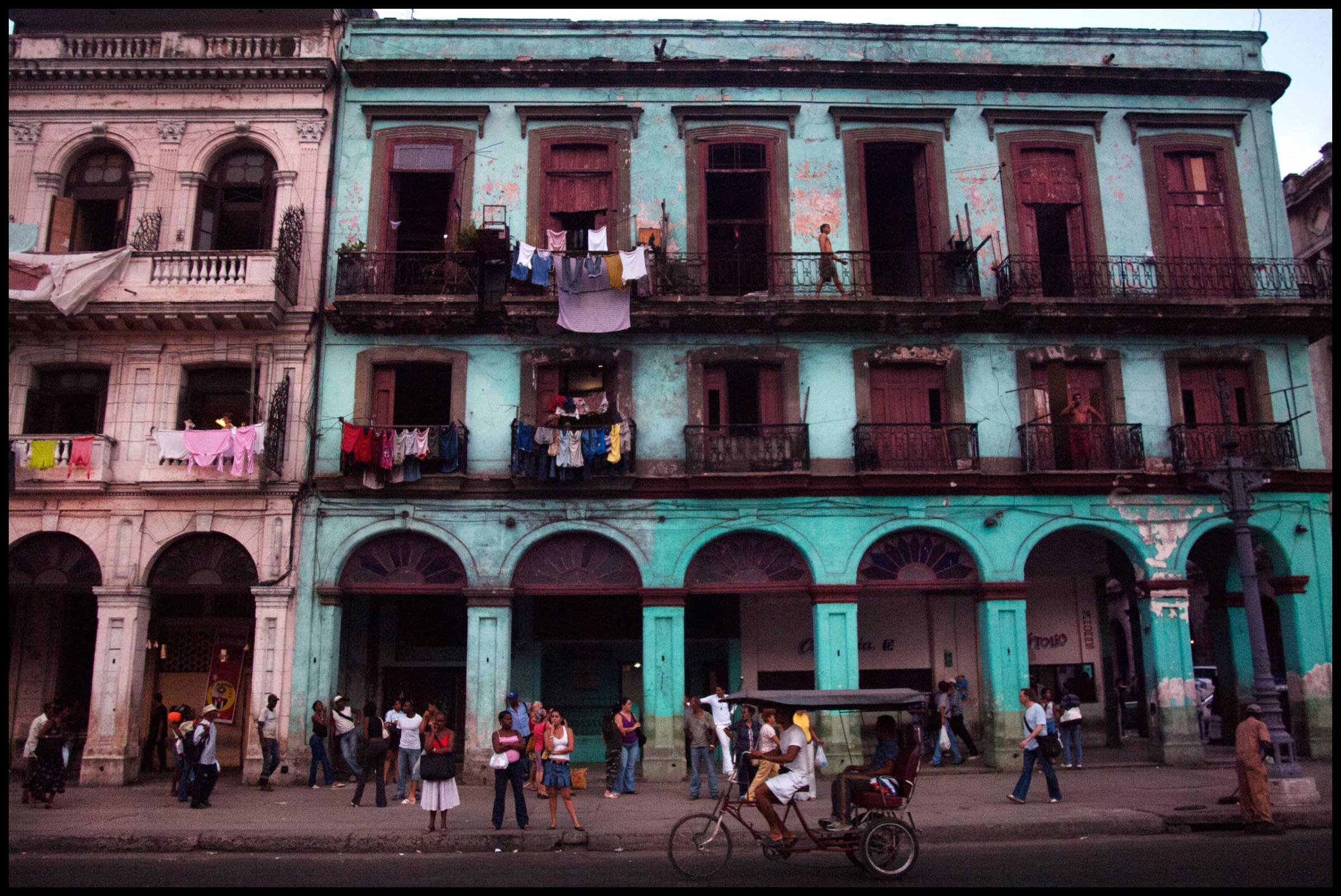
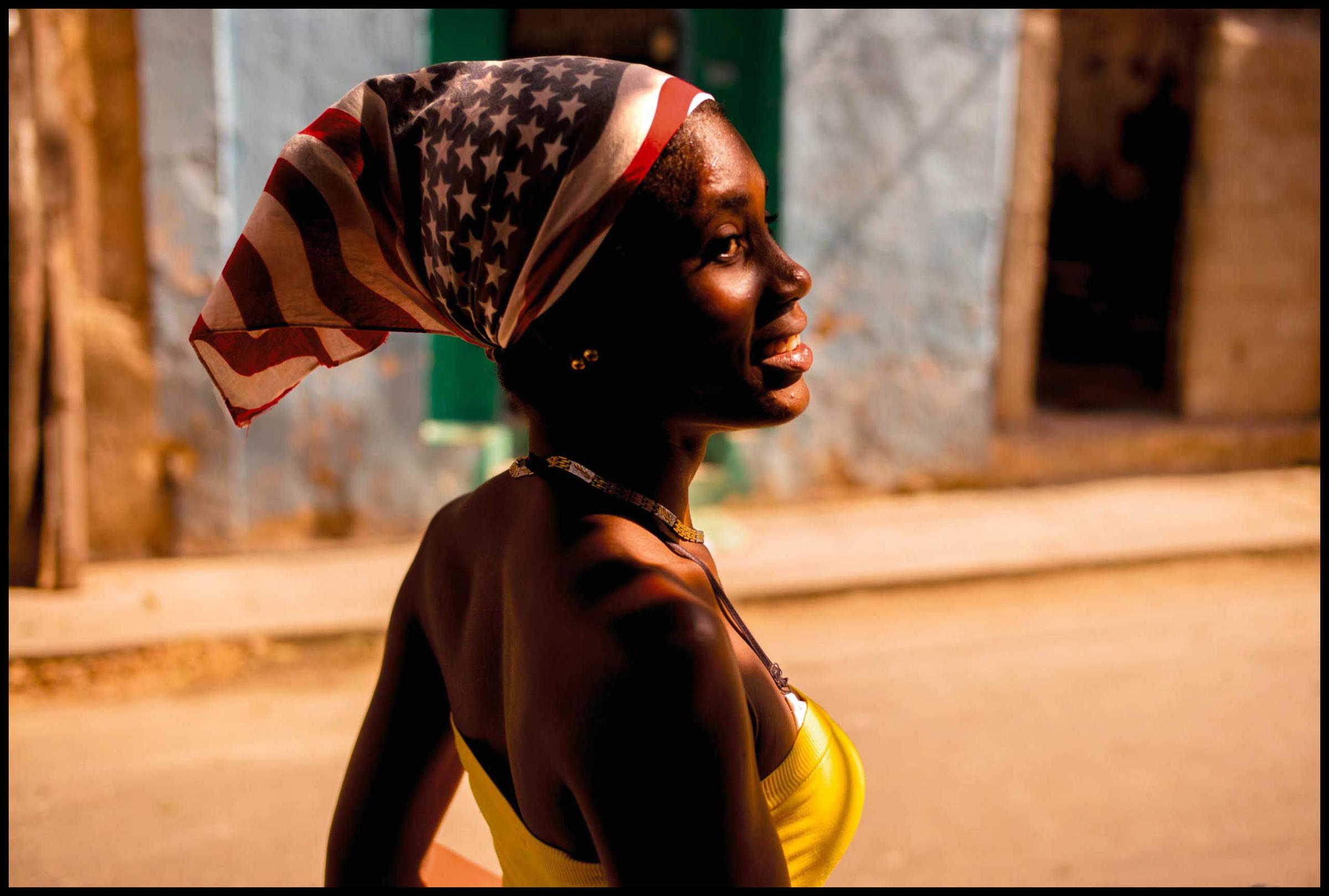
More Must-Reads from TIME
- Cybersecurity Experts Are Sounding the Alarm on DOGE
- Meet the 2025 Women of the Year
- The Harsh Truth About Disability Inclusion
- Why Do More Young Adults Have Cancer?
- Colman Domingo Leads With Radical Love
- How to Get Better at Doing Things Alone
- Michelle Zauner Stares Down the Darkness
Contact us at letters@time.com